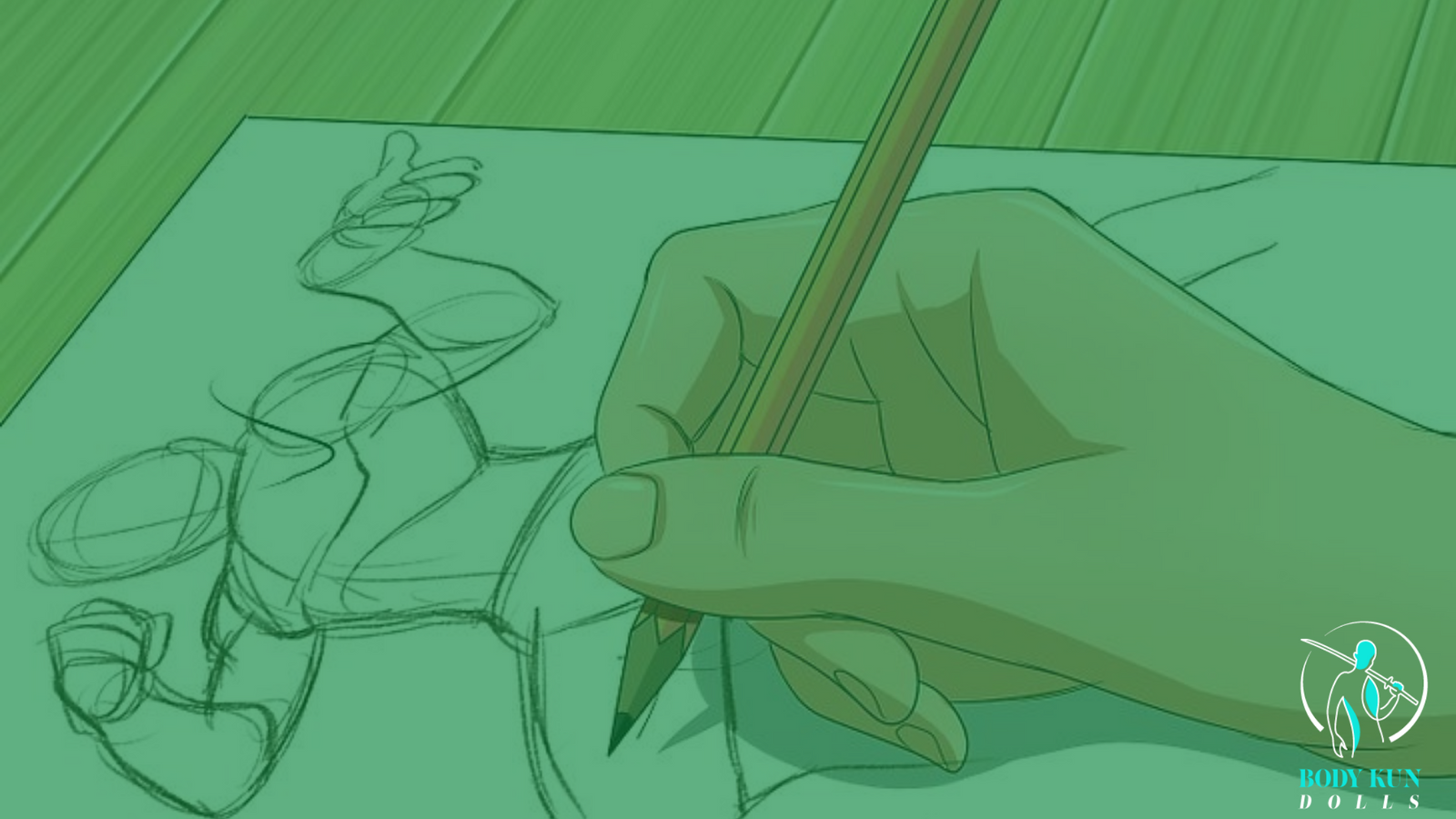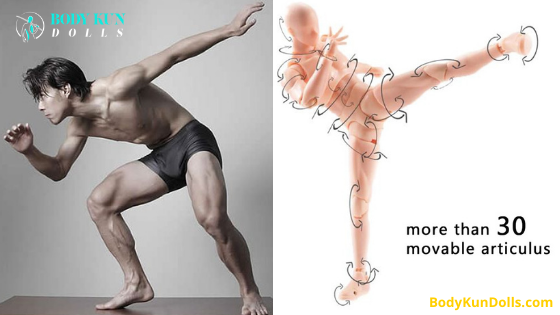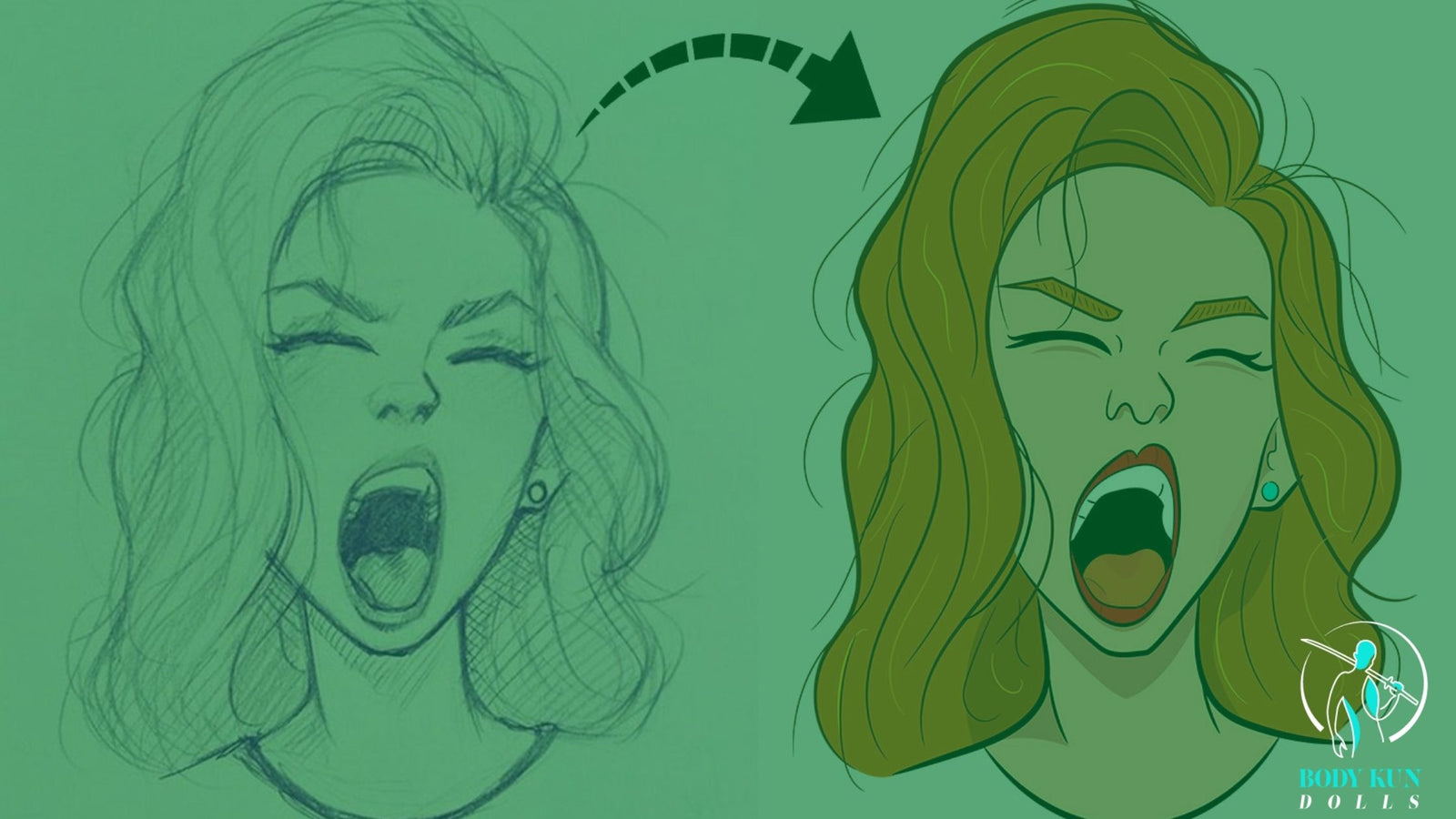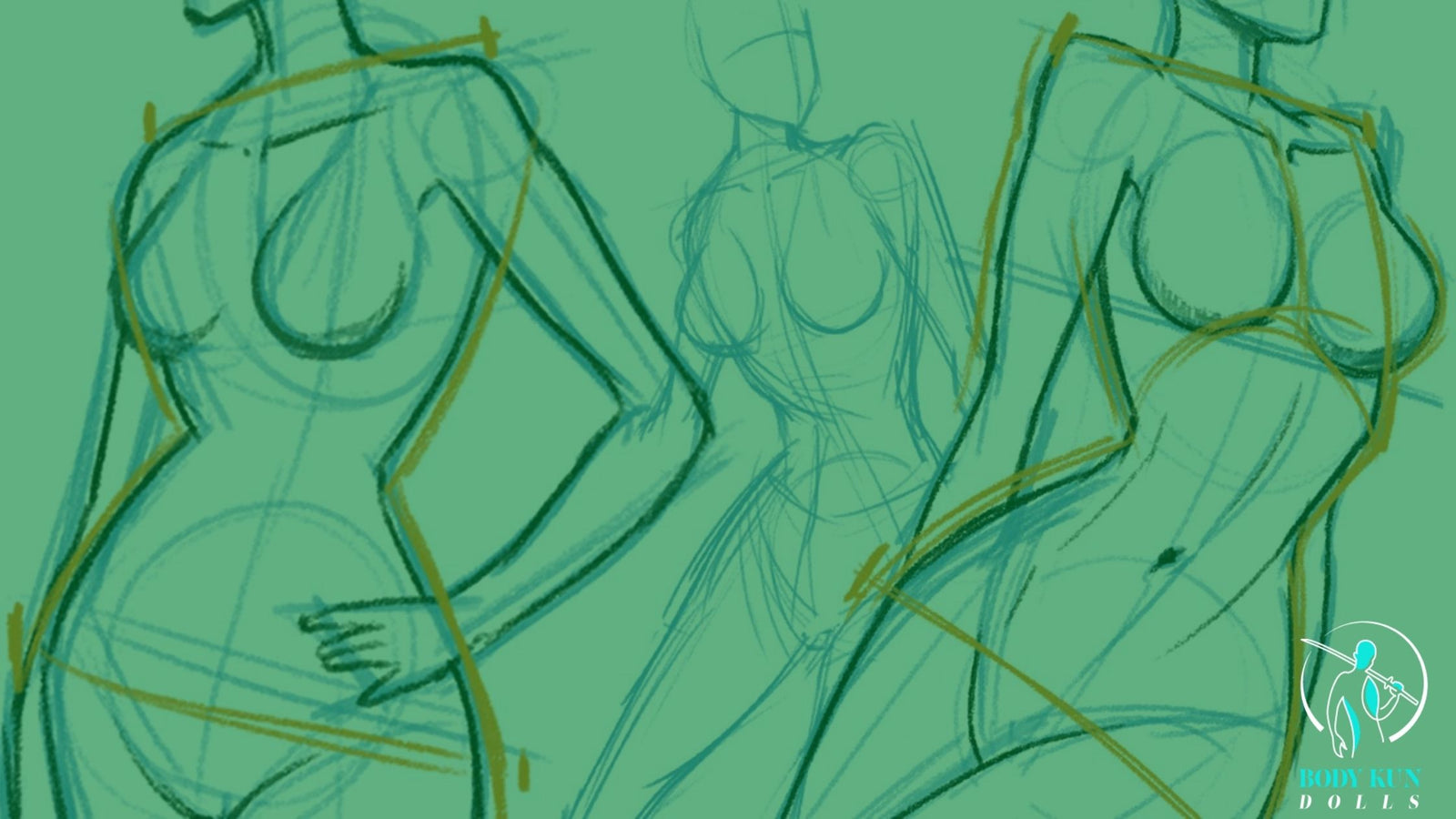Your Cart is Empty
5 min read

If you've ever wondered how long it takes to get good at drawing, you'll be pleased to know that there is no set time or limit to how long it takes anyone to do or learn something. When it comes to art and drawing, you can look at it as a journey; whether long or short.
It is also important to note that the learning process of humans differs from one person to another. No matter how long the duration, the result can be the same for both. It can also vary depending on the person's skill set, talent, interest, and capabilities.
As we move further into the topic, we will discuss how long it takes to get good at drawing and even some steps to help the process.
Aiming for perfection can be a setback for many people. It is a good practice to understand from the start of your journey that beauty lies in imperfections. Every time you make a conscious effort to draw, you are one step closer to achieving your goal.
It can get frustrating when your drawing takes time to complete, but all good things take time, so you must learn to trust the process and focus on the end product instead of making haste or quitting abruptly. Whether you can draw or not or whether you are good at it or not heavily depends on how much time you are willing to work on drawing or practice drawing.
Everyone can draw. The fact of the matter is that maybe you cannot draw "good" right now, but with practice, you can get better. Even experts sometimes struggle with drawing specific things. Therefore, it is essential to know your strengths and weaknesses when it comes to art.
As cliché as it might sound, practice is everything regarding any art form. The more you practice, the more likely it is that you will excel at what you do. Remember that you are your best critic. Set a professional mindset and try to give yourself constructive criticism. Focus on the areas where you think you are weak and learn from the mistakes you previously made.
The first thing you should do is set aside a particular time of the day to draw. It can be as long as you want – 30 minutes to 1 hour or even more than that. The important thing is to stick with the timing once you start and keep doing it every day.
Then, if, by chance, you are hit with an unforeseen circumstance where you are unable to draw for the specified amount of time, you can reschedule your drawing time to the next day or a day when you will be free.
This may seem a little extreme if you have never stuck to a daily routine before, but being rigid from the start will allow your mind to get accustomed to it quickly. It also keeps you honest with yourself about the amount of time you put into the drawing. This step aims to work towards a routine that makes your daily drawing session more enjoyable and purposeful.
For those who feel like you lack the willpower to follow a strict routine, you can make a calendar. It can be one or two months, or even a 20-50-60 day schedule. Each day you practice your drawing, you can put a cross mark or a tick mark across the box.
The idea for this is that you are more likely to achieve them if you set smaller goals. And achieving your first goal will give you the motivation boost you need to keep moving on to accomplish smaller goals until you have successfully made a habit out of practice.
It doesn't matter what you draw during these practice sessions, but you may run out of ideas over time. Additionally, if you only focus on drawing one thing from the beginning to the next week or two, you will improve on it. Still, you will eventually need to move on to other drawings and even practice skills and techniques.
To handle the confusion of not knowing where to start or what to draw, you can start by organizing your drawing lessons by yourself. Here are a few ways you can manage your drawing lessons:
The world outside is full of inspiration and beautiful things to draw. It is an opportunity for you to show off your creativity and challenge yourself. Sometimes you can even give yourself a task to go out and draw a particular thing you encounter during your outing.
This will keep you on your toes, keep you excited and let the practice of drawing every day stay intact.
There is no limit to what you can draw in your sketchbook. It belongs to you and is most likely a personal item that you don't have to share with anyone. So let go of your inhibitions and explore where your mind takes you, with your pencil as the guide.
If you have been practicing drawing for 1 hour initially, increase it to two hours or more. Ideally, 5-6 hours a day is perfect for those who want to see significant changes within a timebound. However, you shouldn't see tour drawing sessions as a burden.
The goal is for you to make drawing an enjoyable experience, so if at any point you feel suffocated or pressured, take a break, change up your lessons, relocate your drawing space, and do something different and see if that helps give you a fresh start.
Although repetitive practice plays a critical role in your journey towards becoming a great artist, so does your mindset.
Determination and perseverance are vital to creating a healthy mindset that will force you to practice drawing daily.
It may be a challenge to follow the schedule initially, but if you have the right mindset, you will make it into a healthy habit.
Comments will be approved before showing up.

3 min read
You're still looking to find the perfect pose to practice your figurre drawing art?
We've collected the best 7 drawing reference sources you can find online free and paid, here we have listed each and everything that you will need in your art journey in this quick guide.

5 min read

5 min read
Do you wish to learn how to draw a female body realistically? If yes, then this article is for you!
This tutorial will provide you with seven easy steps to help you create an impressive realistic female body.